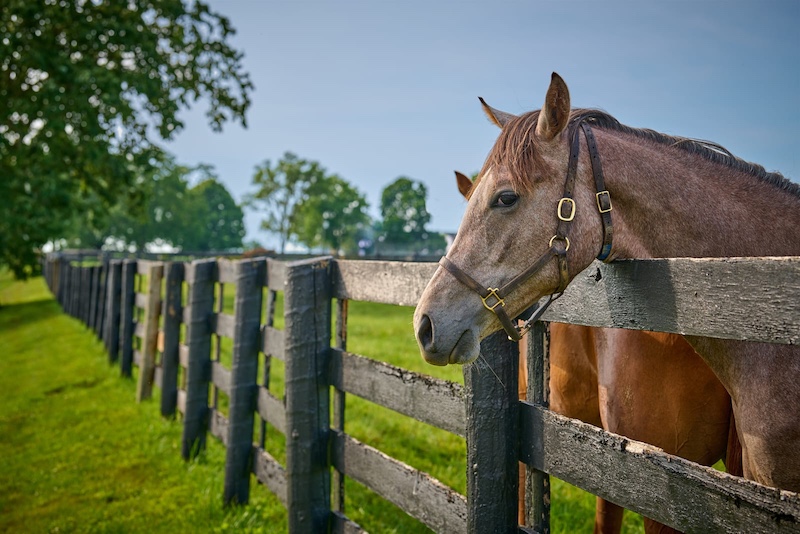Some animals have evolved fascinating ways of resting, including the ability to sleep with their eyes open. This unusual adaptation serves many purposes, from remaining alert to predators to allowing certain physiological processes to continue. Here are ten animals that are known to sleep with their eyes open, showcasing how evolution has catered to the unique needs of each species.
1. Dolphins
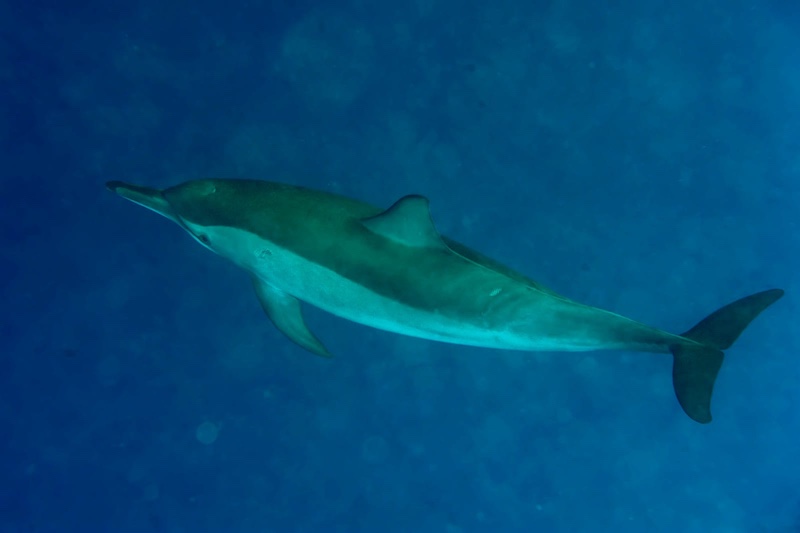
Dolphins are one of the most famous animals that sleep with their eyes open—or at least it appears that way. In fact, dolphins experience unihemispheric slow-wave sleep, meaning only one hemisphere of their brain rests at a time while the other stays alert. This adaptation allows them to continue swimming and be aware of their surroundings, essential for avoiding predators and maintaining respiratory function.
2. Owls

Owls have a unique ability to stay visually alert even while they rest. They can close their third eyelid, a transparent membrane called the nictitating membrane, which covers and protects their eye while allowing them to maintain visual awareness. This adaptation keeps them ready to respond quickly to any threats or opportunities.
3. Snakes
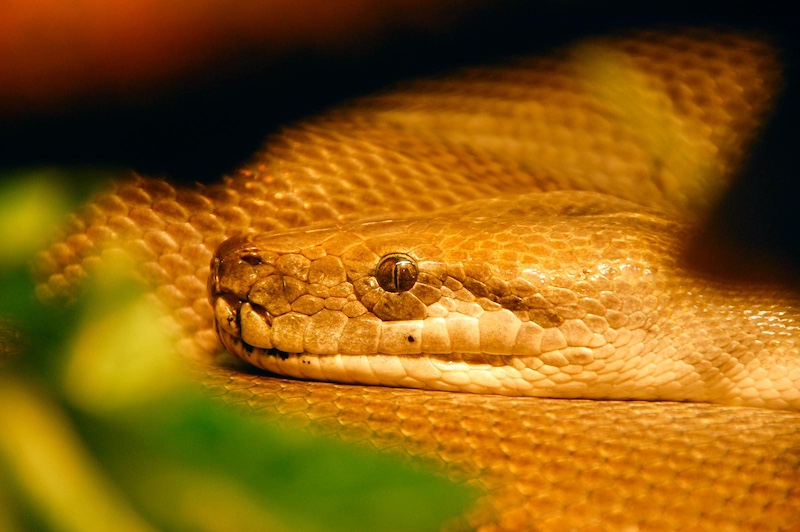
Snakes don’t have eyelids in the way that mammals do. Instead, their eyes are covered by a transparent scale called a spectacle or brille. When snakes sleep, they appear to be awake because their eyes are always visible. They rely on other senses, like touch and smell, to stay alert to changes in their environment while resting.
4. Horses
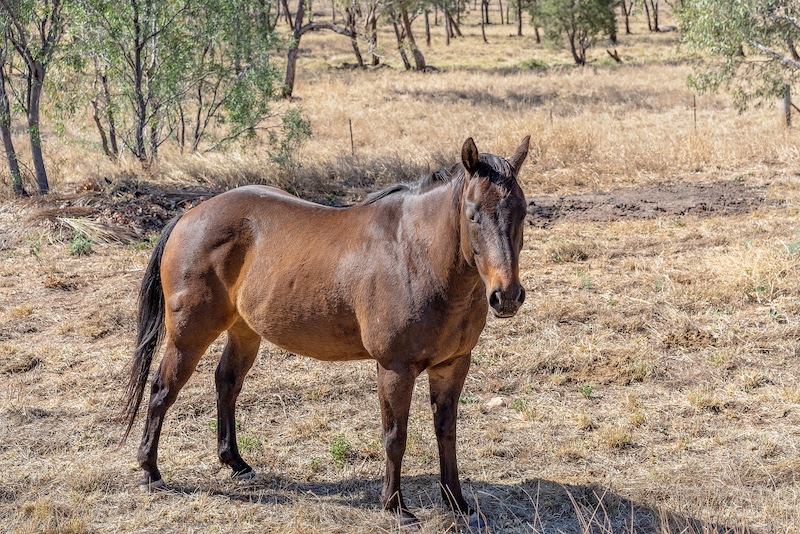
Horses can sleep with their eyes open due to a unique locking mechanism in their legs called the “stay apparatus.” This adaptation allows them to doze while standing, which helps them quickly escape potential predators. They do lay down for deep sleep, but their usual light sleep often occurs while standing, with their eyes partially open.
5. Fish
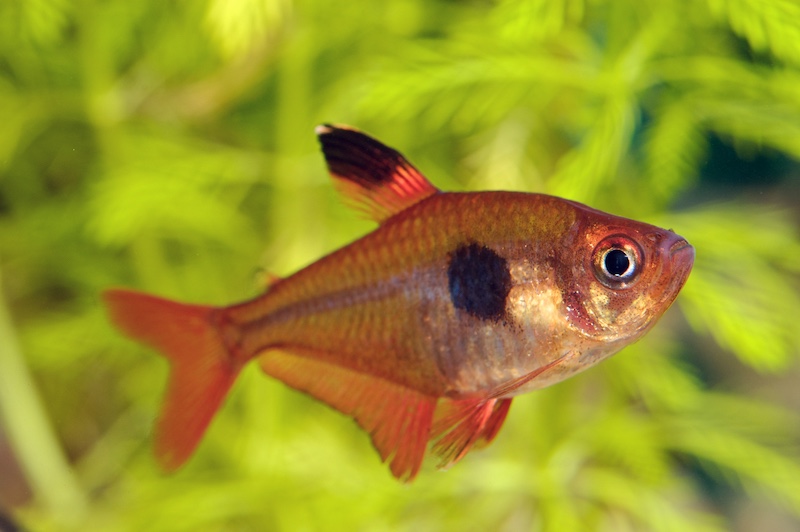
Most fish sleep with their eyes open, as they lack eyelids. Fish enter a restful state where their metabolic rate slows down, but they remain partially alert to detect changes in water pressure or movement around them. Some fish will hover in place or find a sheltered area to rest while keeping their eyes open.
6. Frogs

Certain frog species are known to sleep with their eyes open, particularly tree frogs. While they rest, they remain semi-alert to quickly respond to environmental cues. Their eyes stay open, allowing them to sense movement, which helps them avoid potential predators.
7. Whales
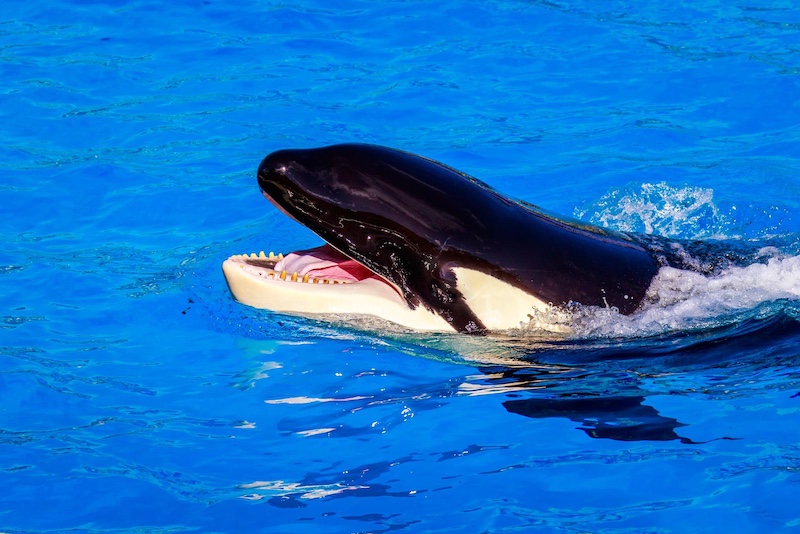
Similar to dolphins, whales also experience unihemispheric sleep. They rest one side of their brain at a time, which allows them to keep one eye open and maintain awareness of their surroundings. This adaptation is critical for survival, as they need to come to the surface to breathe.
8. Chickens
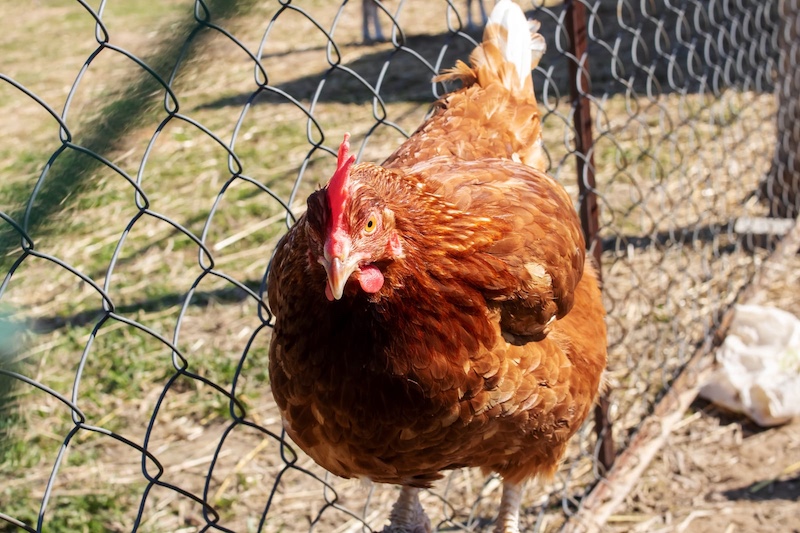
Chickens have a fascinating sleep pattern that involves both hemispheres of the brain. They often sleep with one eye open, especially when they’re in potentially unsafe situations. This is a survival adaptation, enabling them to keep watch for predators while getting the rest they need.
9. Crocodiles

Crocodiles exhibit a behavior called “unihemispheric sleep,” similar to dolphins and whales. While resting, they can keep one eye open to monitor their environment. This is particularly helpful for these reptiles, allowing them to remain semi-alert in water or on land.
10. Seals

Seals that sleep on land may shut both eyes, but those sleeping in water often keep one eye open. They rely on unihemispheric sleep to stay alert to potential threats and remain buoyant while napping. This adaptation allows seals to rest while keeping an eye out for predators like sharks and orcas. Please Note: This content was created with the assistance of AI and thoroughly edited by a human before publishing.

